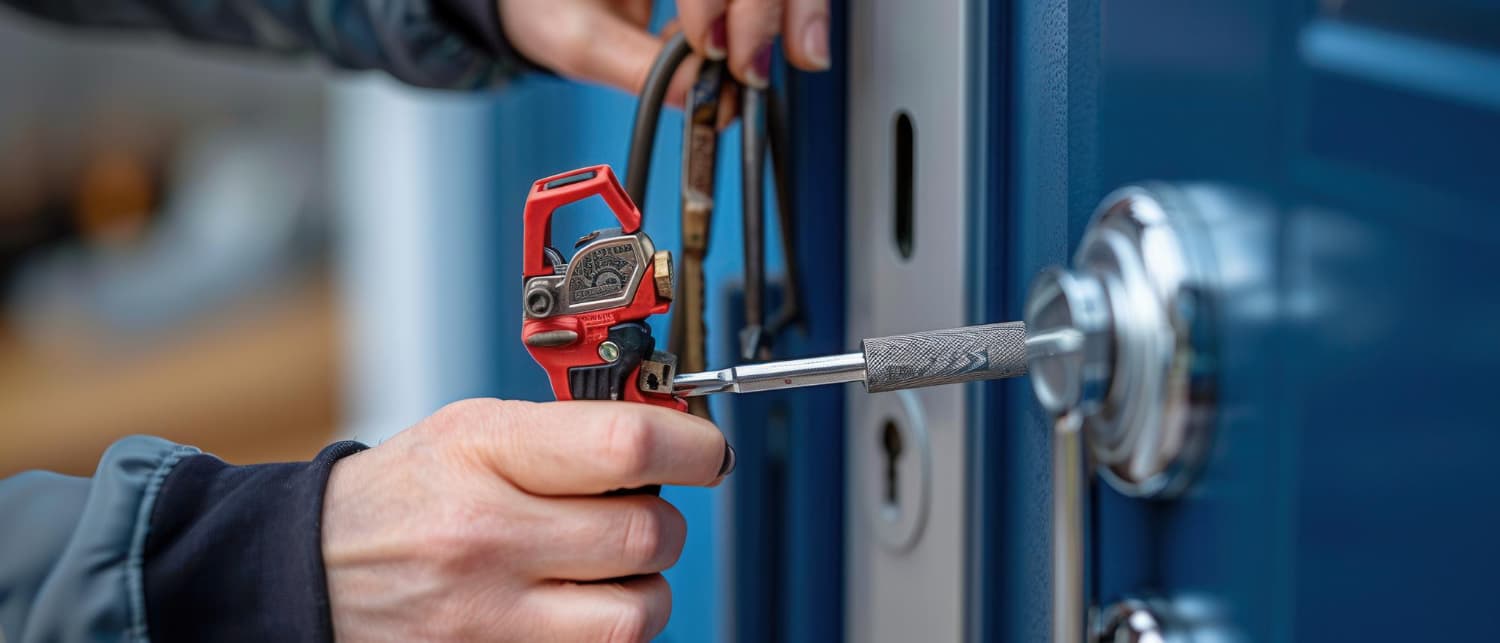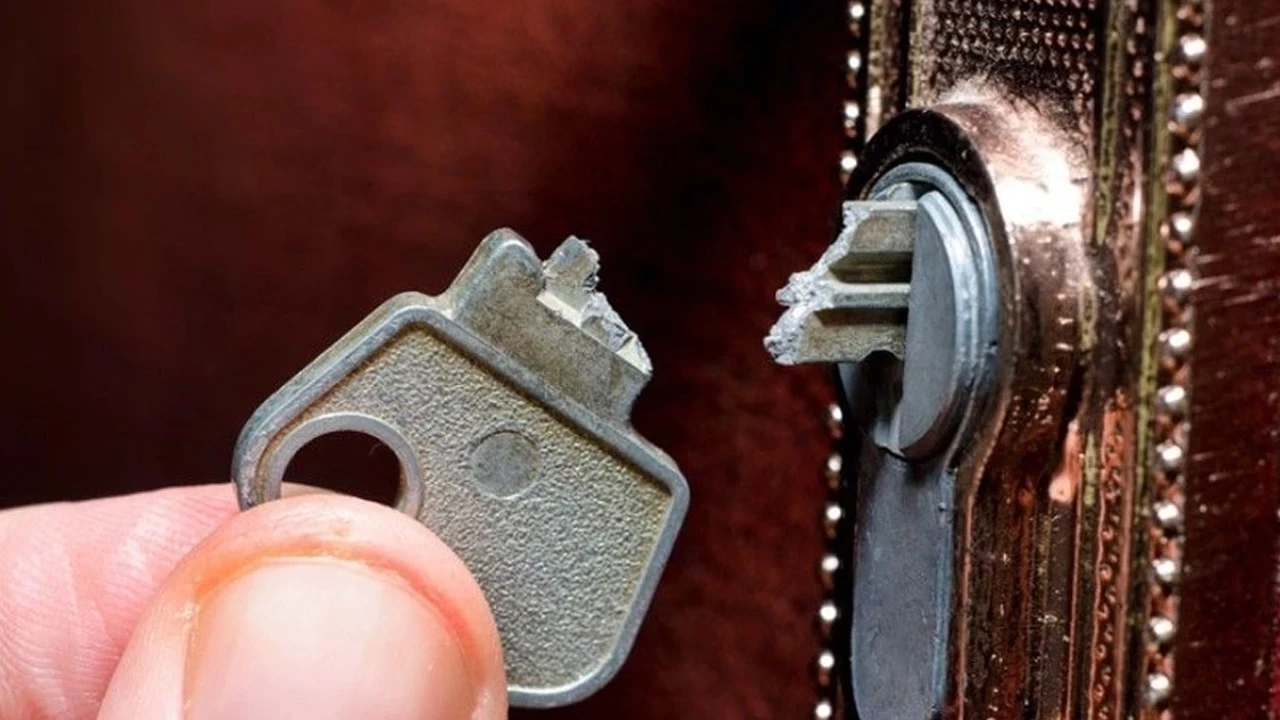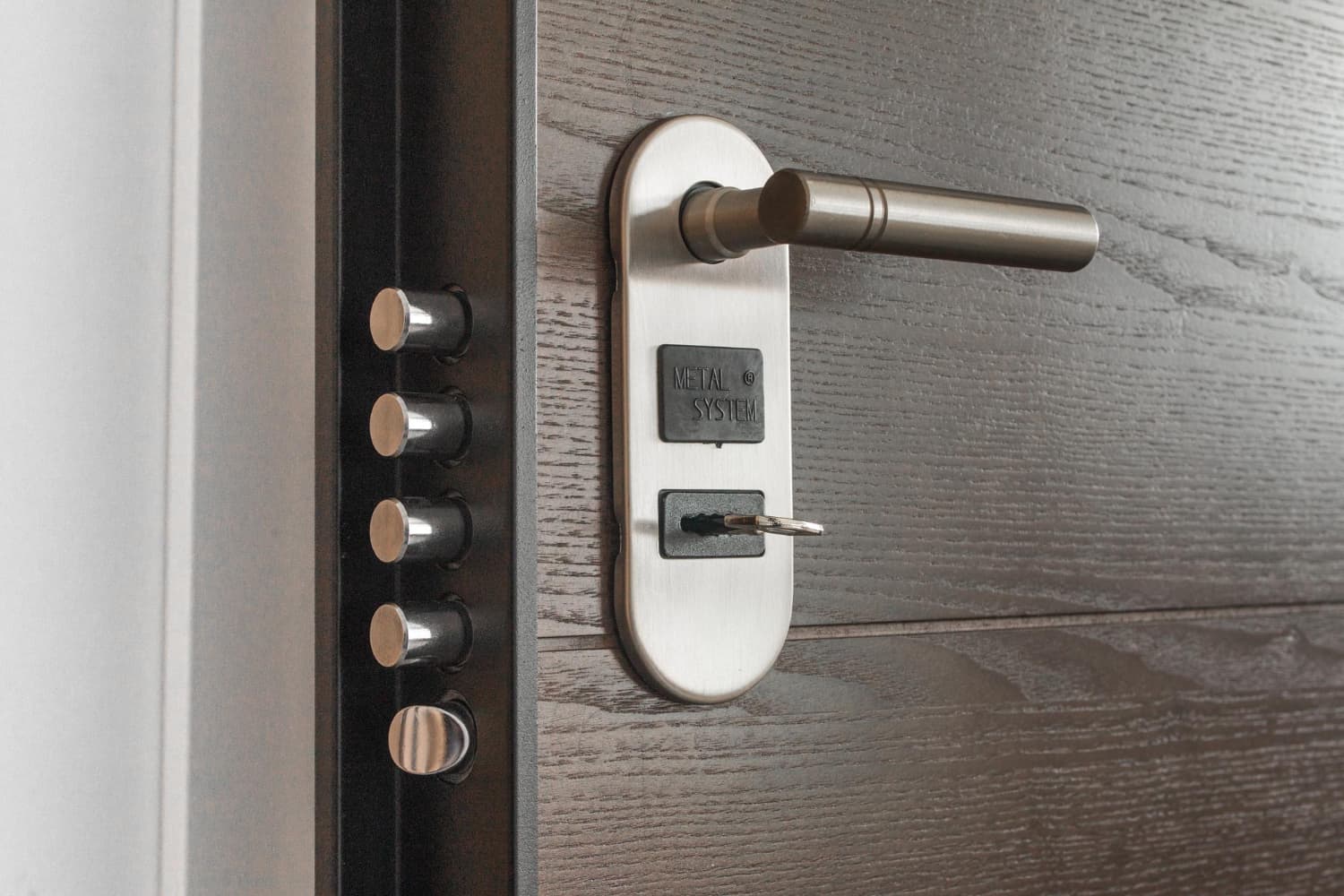Your door locks are mechanical workhorses, operating silently dozens of times a day to keep you safe. But like any mechanical device, they wear down over time. Dust, dirt, extreme weather, and daily use can turn a smooth lock into a sticky, frustrating problem—or worse, leave you locked out.
The good news? With a little basic care, you can prevent most common lock issues and avoid costly emergency locksmith calls. This guide will walk you through the essential steps of lock maintenance.
Early Warning Signs: Don’t Ignore These Symptoms
Your lock will usually tell you it needs attention before it fails completely. Listen to it!
-
The Key is Hard to Turn: You have to jiggle or use significant force.
-
The Key Gets Stuck: It’s difficult to insert or remove the key.
-
Feeling of Grinding: A rough or gritty feeling when turning the key.
-
Unusual Sounds: Clicking, grinding, or squeaking noises.
-
The Lock Feels «Loose»: The lock cylinder or handle has more play than usual.
If you notice any of these signs, it’s time for some maintenance.
Your Simple DIY Lock Maintenance Kit
You don’t need fancy tools. Here’s what you’ll need:
-
Graphite Powder or Teflon-Based Lubricant: The traditional choice. Excellent for mechanisms, doesn’t attract dirt.
-
Silicone-Based Lubricant: A great modern alternative. It lubricates well and provides some moisture resistance.
-
Compressed Air/Dust Blower: To blast away loose debris.
-
A Clean, Dry Cloth: For wiping away excess lubricant and grime.
-
A Small Brush: Like an old toothbrush, for scrubbing around the keyhole.
A CRITICAL WARNING: Avoid WD-40 and Oil-Based Lubricants!
While WD-40 is a great penetrant and water-displacer, it is not a long-term lubricant. It will eventually gum up, attract dust and dirt like a magnet, and create a sticky mess that is much harder to fix. Never use vegetable oil, motor oil, or other thick oils—they will cause the same problem.
Step-by-Step Guide to Cleaning and Lubricating Your Lock
Follow these steps every 6-12 months, or as soon as you notice a problem.
Step 1: Clean the Keyhole
-
Use the compressed air or dust blower to spray a few short bursts directly into the keyhole. This will dislodge any loose dust, lint, or debris. Hold the nozzle a few inches away to avoid damaging the pins.
Step 2: Apply Lubricant (The Right Way!)
-
If using Graphite Powder: Insert the straw of the tube into the keyhole and puff a small amount inside. Insert your key and turn it a few times to work the graphite into the mechanism.
-
If using Silicone Spray: Insert the straw into the keyhole and give a very short, half-second burst. Less is more! Over-spraying will make a mess. Again, work the key in and out and turn it to distribute the lubricant.
Step 3: Wipe Away Excess
-
Use your dry cloth to wipe away any excess lubricant from around the keyhole and the face of the lock. This prevents dirt from building up on the outside.
Step 4: Check the Door Hardware
-
Don’t forget the hinges and the strike plate. If the door is sagging or rubbing, it can put pressure on the lock and make it hard to operate. Tighten any loose screws on the hinges, lock plate, and handle.
When DIY Isn’t Enough: Time to Call a Professional
While maintenance can solve many issues, some problems require expert attention. Call a professional locksmith if:
-
Your key breaks off inside the lock.
-
The lock is still stuck or stiff after proper lubrication.
-
The lock is visibly damaged from a break-in or attempted forced entry.
-
The key turns but the bolt doesn’t move. This indicates an internal mechanical failure.
-
You’ve lost your keys and need to rekey the locks for security.
Trying to force a damaged lock or fix complex internal issues yourself can lead to more severe damage and a much higher repair bill.
Prevention is Cheaper Than a Cure: Smart Habits
-
Use Clean Keys: A dirty, rusty key will transfer grime into the lock. Wipe your keys clean regularly.
-
Be Gentle: Don’t force a key that doesn’t turn easily. This can bend the key or damage the lock pins.
-
Protect from the Elements: If your lock is directly exposed to rain and sun, consider a protective cover to shield it from the worst of the weather.
-
Schedule Professional Maintenance: Consider having a locksmith inspect your locks every few years as part of your home maintenance routine. They can spot potential problems you might miss.
Let Us Help You Keep Things Running Smoothly
Regular maintenance is the key to longevity for your locks. But when problems arise that are beyond a simple fix, you need a trusted professional.
Our experts don’t just handle emergencies. We provide comprehensive lock maintenance, repair, and tune-up services to ensure your home’s security system is always in top shape.
Don’t wait for a complete lock failure. If your lock is showing signs of wear, contact us for a quick, professional inspection and service. Save yourself from a future lockout and a costly repair!
Call us today at (858) 430-7494 or schedule a service online.




